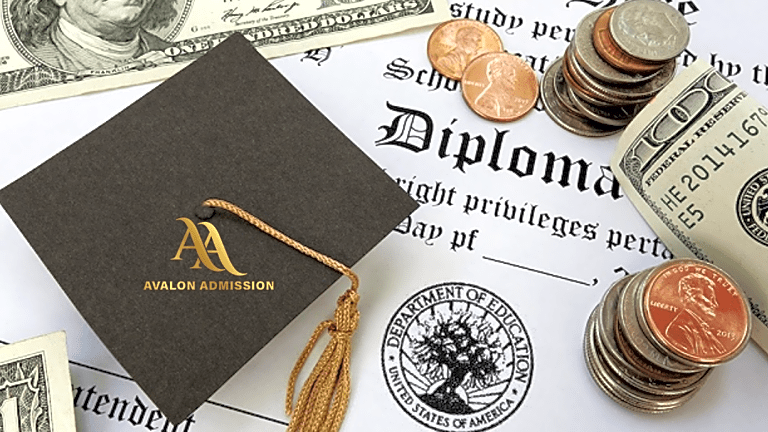With so many ways to cut down the cost of college, including through various types of scholarships and financial aid offers, only those few super wealthy families whose students are admitted into highly ranked “dream schools” need to pay full price. Even for families who do fall into this group, there are ways to cut down the costs of tuition.
Let’s begin with families who are not super wealthy. For families whose collective income is less than $250,000 per year, virtually every college in America will offer some form of need-based financial aid. This financial aid may be in the form of work study, loans, grants, or any one of several types of need- based scholarships. Typically, these scholarships are offered for the simple and admirable reason of making college more affordable and democratic. Not only do many colleges offer their own form of need-based aid, the government and many private agencies also provide scholarships, grants, and loans. For example, the US government offers Pell Grants and Stafford Loans. Loans, of course, have to be paid back whereas grants do not. To qualify for Pell Grants and Stafford Loans, you must fill out the FAFSA form that can be obtained at
www.studentaid.gov.
Regardless of your family’s financial need, the vast majority of colleges in America will offer you merit-based aid if you have strong academics. Generally speaking, the more impressive your academics, the more, and more generous, offers you will receive. Of the 1600 or so private colleges in America, approximately 1580 are likely to offer you a scholarship if you have a high GPA or test scores. That is because they are trying to entice you away from the other 20 or so colleges that are higher up on your list. They know that one of the most powerful inducements to you is lowering the high costs of college. Unfortunately, most of the top-ranked colleges in America do not offer merit-based scholarships simply because they do not have to. In other words, there is no need to entice you to either apply or attend. They are confident that the law of supply and demand works strongly in their favor.
There are also approximately 1600 public colleges in America. If your academic benchmarks are strong, you are very likely to be offered a scholarship from public colleges both inside and outside of your state of residence. For public colleges within your state of residence, offering scholarships to high-performing students is a way of enhancing both their reputation and their ranking, since some of the factors used by most ranking tools are the GPA and test scores of incoming students. Public colleges work hard to entice out-of-state students for both economic and reputation reasons. Even after the scholarship is applied, most out-of-state students pay more than most in-state students. Also, attracting out-of-state students, especially those with impressive academic profiles, can positively impact a college’s ranking.
Finally, there are a significant number of private and public organizations that offer criteria-based scholarships. In some cases, these scholarships are based on gender and anticipated major, such as those for females who are interested in pursuing STEM subjects. Other scholarships are based on ethnicity, religion, or country or region of origin. In many cases, the scholarships are relatively small, however by coupling them with other scholarships such as those mentioned above, the college savings can be significant. Other, more obscure scholarships, and types of scholarships, exist though they may require a bit of research to locate.
For a list of merit-based, criteria based, and need-based scholarships, we recommend that students visit the website: www.fastweb.com. Fast Web is a free service that matches up students with scholarships and financial aid opportunities.

